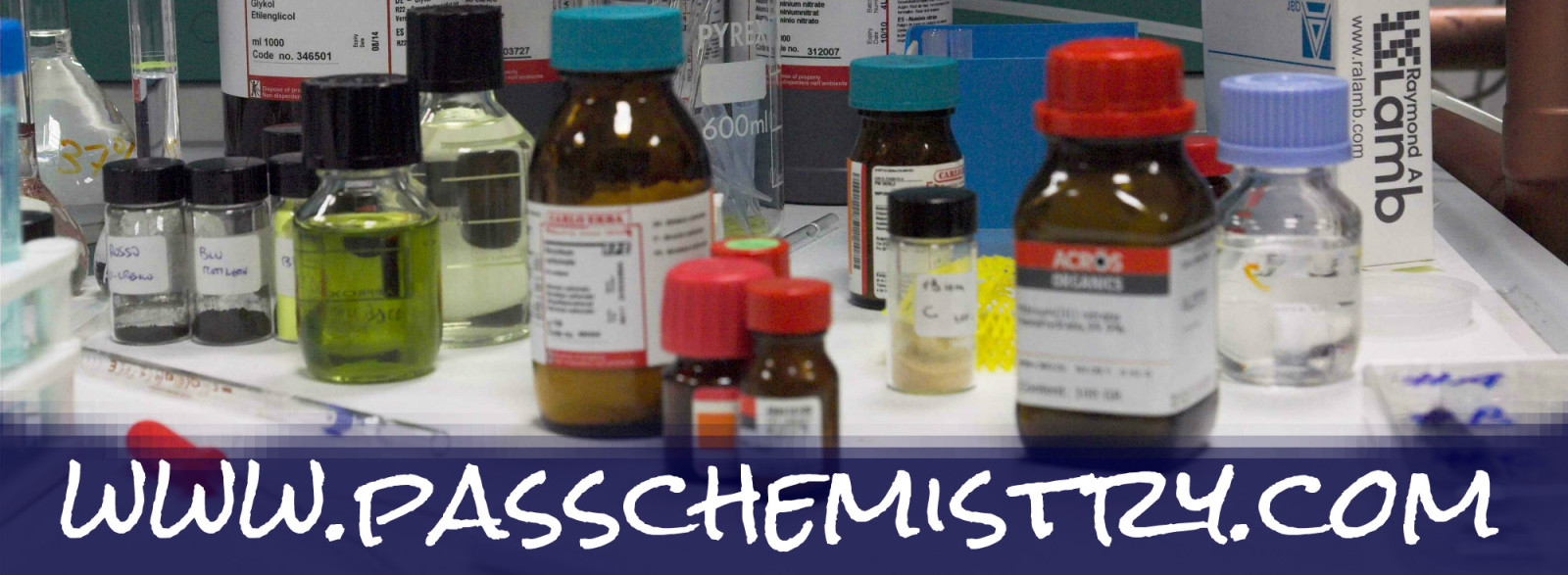Types of Chemical Reactions
- Synthesis reactions
Two or more reactants combine to make 1 new product.
Examples:
C(s) + O2(g) → CO2(g)
H2O(l) + SO3(g) → H2SO4(aq) - Decomposition reactions
A single reactant breaks down to form 2 or more products.
Examples:
H2CO3(aq) → H2O(l) + CO2(g)
CaCO3(s) → CaO(s) + CO2(g) - Single-replacement reactions
A single element replaces a similar element of an adjacent reactant compound.
Examples:
Zn(s) + CuSO4(aq) → ZnSO4(aq) + Cu(s) - Double-replacement reactions
Two ionic compounds exchange ions, producing 2 new ionic compounds.
Examples:
NaCl(aq) AgNO3(aq) → NaNO3(aq) + AgCl(s)
HCl(aq) + NaOH(aq) → NaCl(aq) + H2O(l) - Combustion reactions
A hydrocarbon combines with oxygen gas releasing energy and burning to form carbon dioxide and water.
Examples:
Photosynthesis: C6H12O6 (s) + 6O2(g) à 6CO2(g) + 6H2O(g)
